
Luckily, we are highly skilled in treating a variety of conditions and issues. Whether you have slight discomfort or severe pain, we can provide you with care that allows you to live the lifestyle you want!
These are just some of the conditions, treatments, and services you will find at our podiatric office. Just ask us if you have any questions!
- Custom Orthotics
- Digital XRays
- Sports Medicine
- Surgical Repair of Foot Disorders
- Wound Care

Learning Library:
- Achilles Tendonitis
- Ankle Injuries
- Ankle Instability
- Ankle Pain
- Ankle Sprains
- Arch Pain
- Arthritis
- Athlete’s Foot
- Bunions
- Calluses
- Cavus Foot
- Charcot Foot
- Corns
- Dermatology
- Diabetic Foot Care
- Flat Feet
- Foot Fractures
- Geriatric Foot Care
- Gout
- Hammertoes
- Heel Pain
- Heel Spurs/Plantar Fasciitis
- Ingrown Toenails
- Infections
- Morton’s Neuroma
- Nerve Pain
- Neuromas
- Osteoarthritis
- Pediatric Foot Conditions
- Peripheral Neuropathy
- Toenail Fungus
- Tumors
- Warts
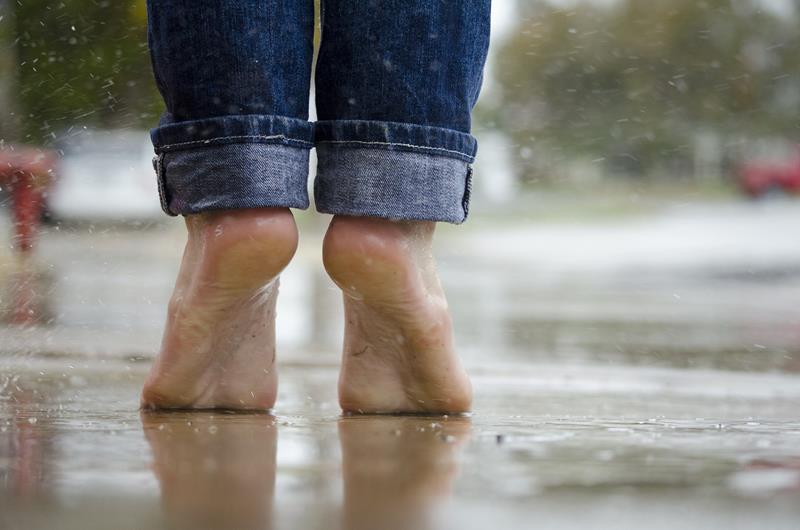
Custom Orthotics
Millions of active Americans use insoles, braces, or custom shoes on their feet every day. Properly made devices can serve different purposes such as cushioning, arch support, protection, or bracing to limit painful motions. Before spending money on insoles, it is usually a good idea to visit a foot and ankle specialist in order to determine the type of support or cushioning needed based on one’s individual foot type.
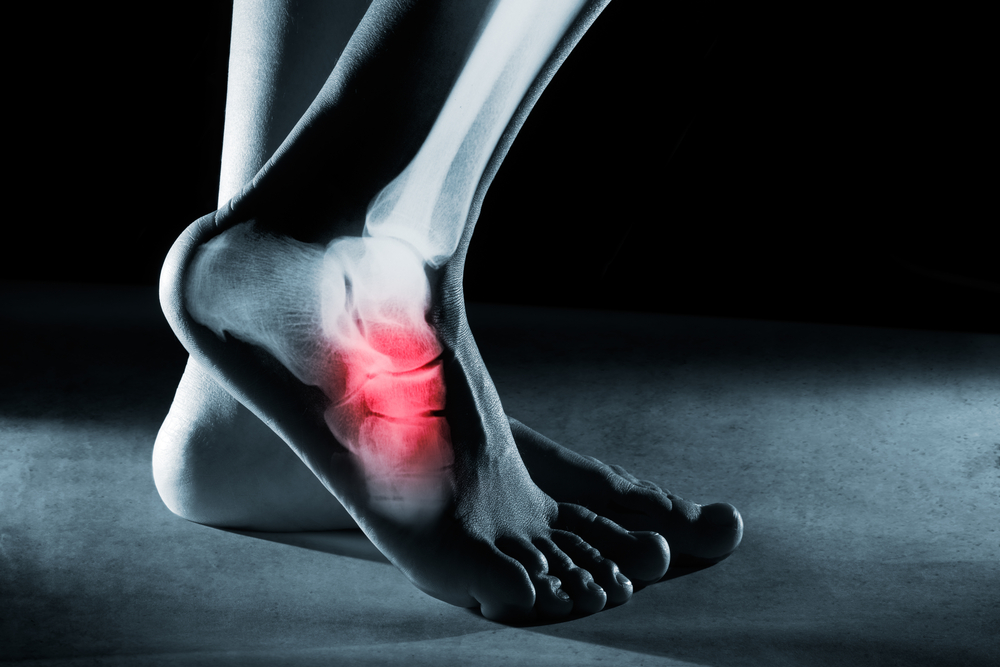
Digital X-Rays
At Mountain Top Foot and Ankle, we value your time and are proud to offer our patients in the Hospital, state-of-the-art digital radiographs. We understand that proper treatment begins with an accurate diagnosis, and our digital x-ray service enables us to diagnose and confirm any bone or soft tissue injuries and conditions that can be hard to determine through a physical exam. Unlike traditional x-rays that use film, digital x-rays are safer exposing patients to less radiation and faster allowing doctors to view results within minutes. With this state-of-the-art technology, we can save you time and begin customizing treatment and therapies for your needs.

Sports Medicine
An active lifestyle is essential for good health, but when foot or ankle injuries strike, they can make sports and recreation difficult. Professional evaluation and diagnosis of tendon, bone, and ligament injuries can help to get recreational and competitive athletes return to the playing field and the gym quickly.
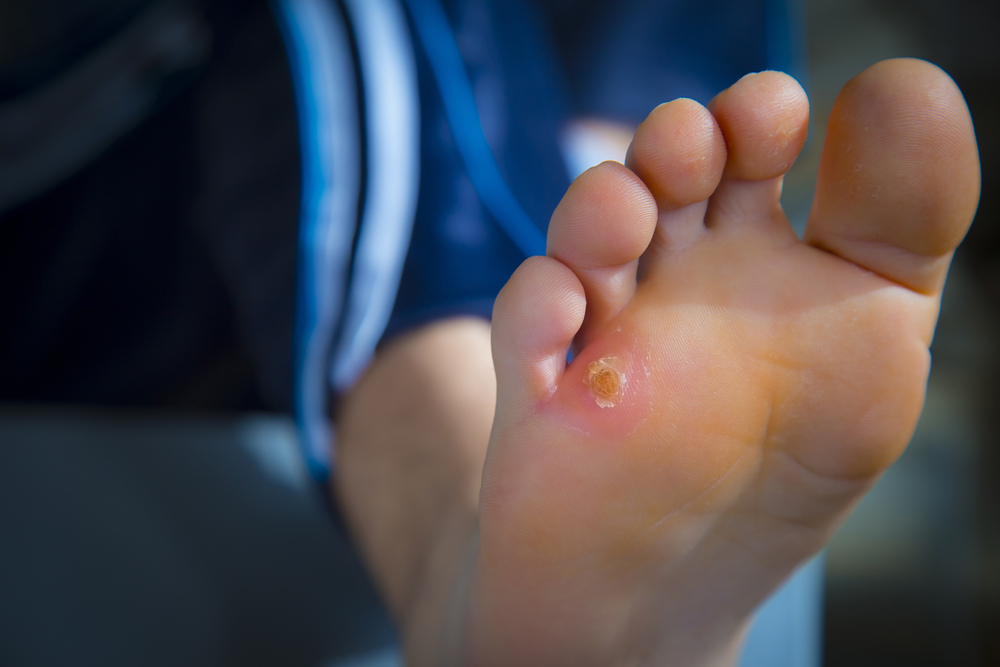
Wound Care
When wounds of the leg, ankle, or foot occur, they can suffer from slow healing or infection due to blood supply and pressures of walking. It is very important to receive expert care plans based on the cause of the wound and best methods to obtain healing. Wounds in a diabetic patient’s foot are especially problematic, which makes it important to seek immediate treatment. (more info on Wound Care)

Achilles Tendonitis
The Achilles tendon provides the power for calf muscles to push the body with each step. This power is essential for running, jumping, and even regular walking. When pain is experienced in this tendon, it can be from tendonitis, rupture, friction against the heel bone, or other causes. A complete examination and medical imaging will help to determine the best treatment for Achilles tendon pain.

Ankle Injuries
Ankle injuries are the most common injuries in sports, and they frequently occur in jumping sports, such as basketball or volleyball. Ankle ligament sprains are partial or total ruptures of the ligaments which stabilize the ankle joint. It is not uncommon to re-injure a previously sprained ankle, so getting the proper plan of care is very important.
request an appointment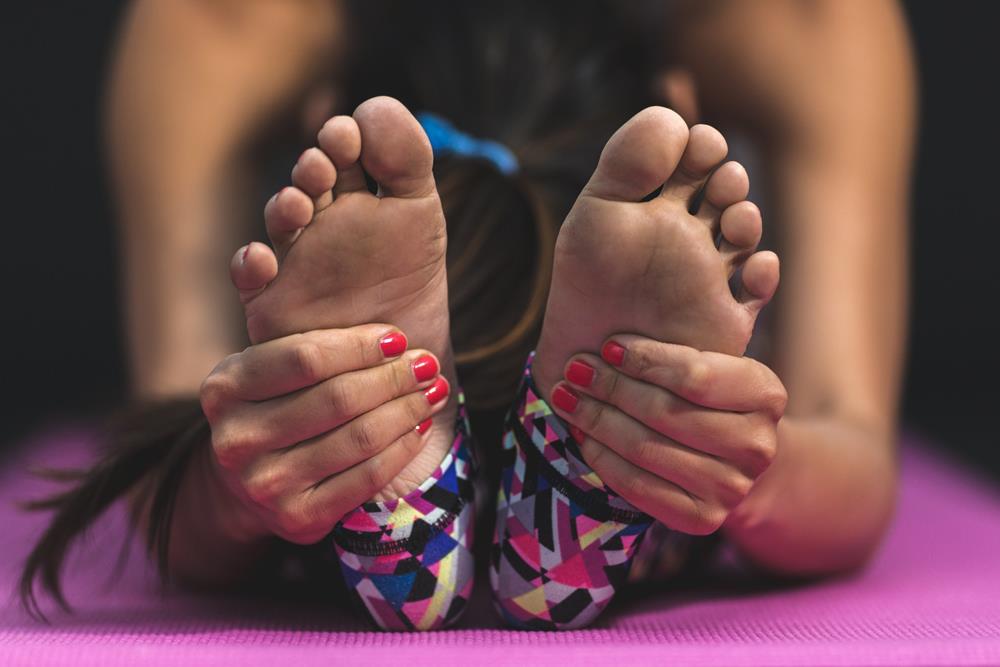
Ankle Instability
Chronic ankle instability is usually caused by repeated ankle sprains and is described as the gradual giving way of the outside of the ankle. Some symptoms of ankle instability include constant inflammation or swelling, tenderness, and instability in the ankle. After a sprained ankle, the ligaments become stretched and torn. Proper rehabilitation is required to strengthen the muscles around the ankle and rehabilitate the tissues within the ankle that affect your balance. In addition, physical therapy, medications, and bracing can help treat chronic ankle instability. Failure to do so may result in repeated ankle sprains, or possibly surgery.

Ankle Pain
The ankle is a complex joint with many tendons and ligaments around it. Ankle pain can be due to injury, arthritis, or poor alignment. Medical imaging and examination can help to determine the cause of ankle pain and the best specific treatment to help relieve the discomfort. (more info on Ankle Pain)
request an appointment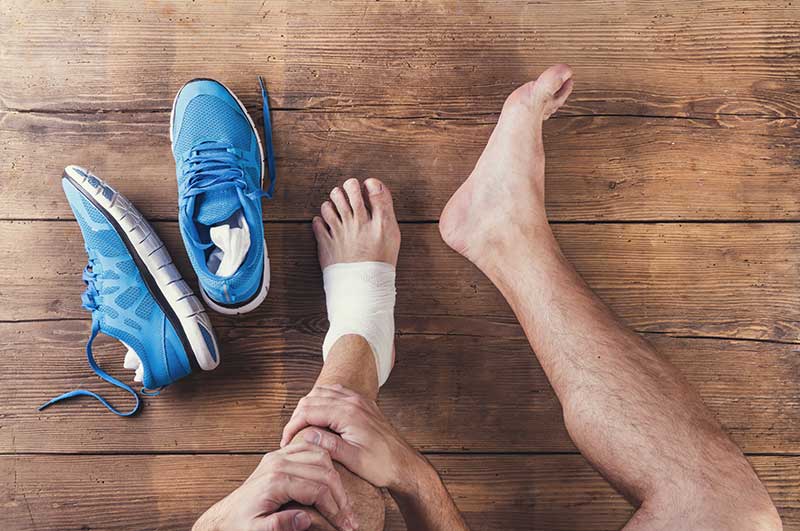
Ankle Sprains
A sprained ankle occurs when you twist your ankle in an abnormal way causing the ligaments holding your ankle bones together to stretch or tear. Most sprained ankles involve injuries to the ligaments on the outer side of the ankle. Treatment for a sprained ankle depends on the severity of the injury. Although you may just need proper rest and pain medications to heal, it is important to have the sprain looked at by a professional to determine the severity and proper treatment.
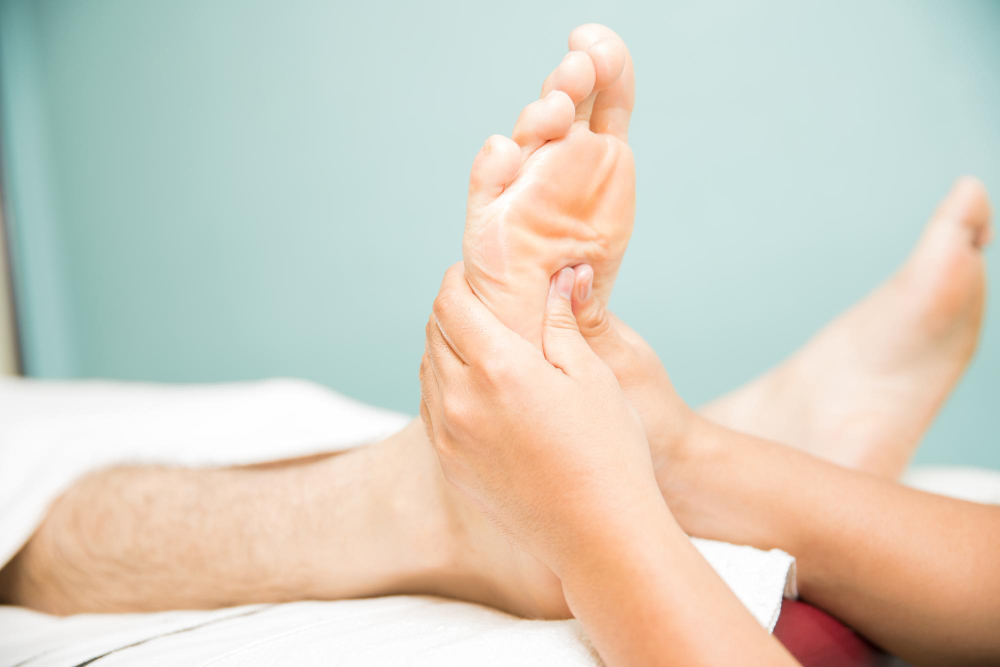
Arch Pain
Pain in the arch of the foot can be uncomfortable with every step you take. The causes include plantar fasciitis, flat foot, arthritis, or other ailments. Although icing or rest may temporarily help arch pains, a proper diagnostic workup and professional care plan will help provide more effective relief.
request an appointment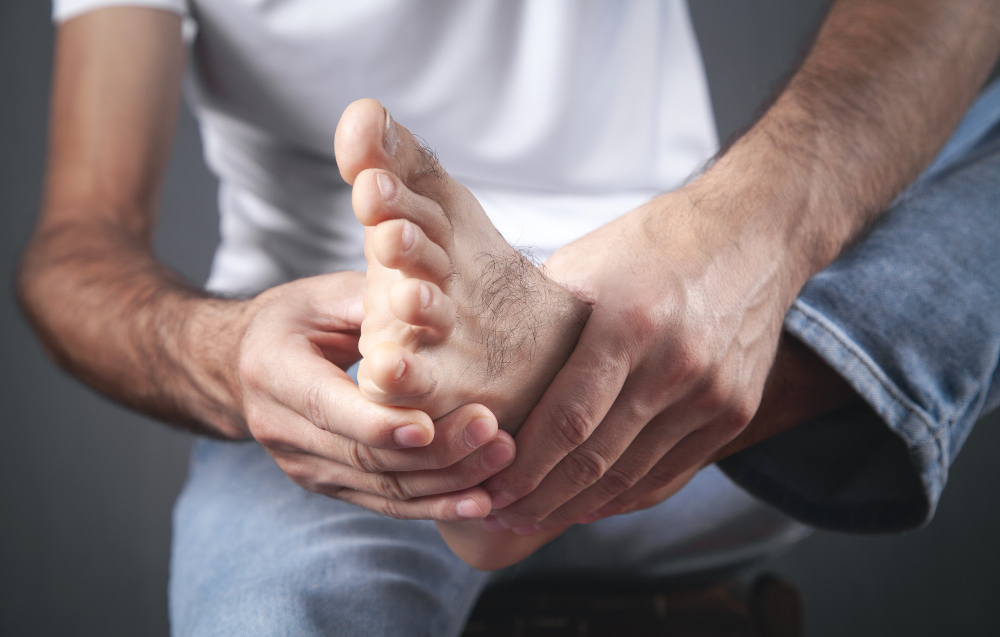
Arthritis
Arthritis is pain in the joints of the foot or ankle. This can occur at the big toe joint, the ankle joint, or any joint in the foot. Arthritis can be due to erosion of cartilage surface in the joint or other inflammation processes. It is most often seen after an injury to the joint, but it can also be a product of repeated stress on the joint. (more info on Arthritis)
request an appointment
Athlete’s Foot
Athlete’s foot (tinea pedis) is a specific type of fungal infection that typically begins between the toes. A common cause of athlete’s foot is sweaty feet that are confined to tight shoes for a long period of time. Signs and symptoms of athlete’s foot include a scaly rash that usually causes itching, stinging and burning. Athlete’s foot is contagious and should be carefully monitored and treated. Athlete’s foot can easily be treated with antifungal medications, but the infection is likely to recur. Prescription medications also are available.

Bunions
Bunions are a painful deformity which affect the great toe joint. A “bump” is seen on the middle side of the toe, and this can cause difficulty fitting into shoes as well as pain in the joint itself. If left untreated for many years, the great toe joint can become dislocated and push the other toes into hammertoe contractures. Certain foot structures are more prone to develop bunions, and this structure is based on heredity. Many patients with painful bunions also have family members who have experienced the same symptoms. (more info on Bunions)
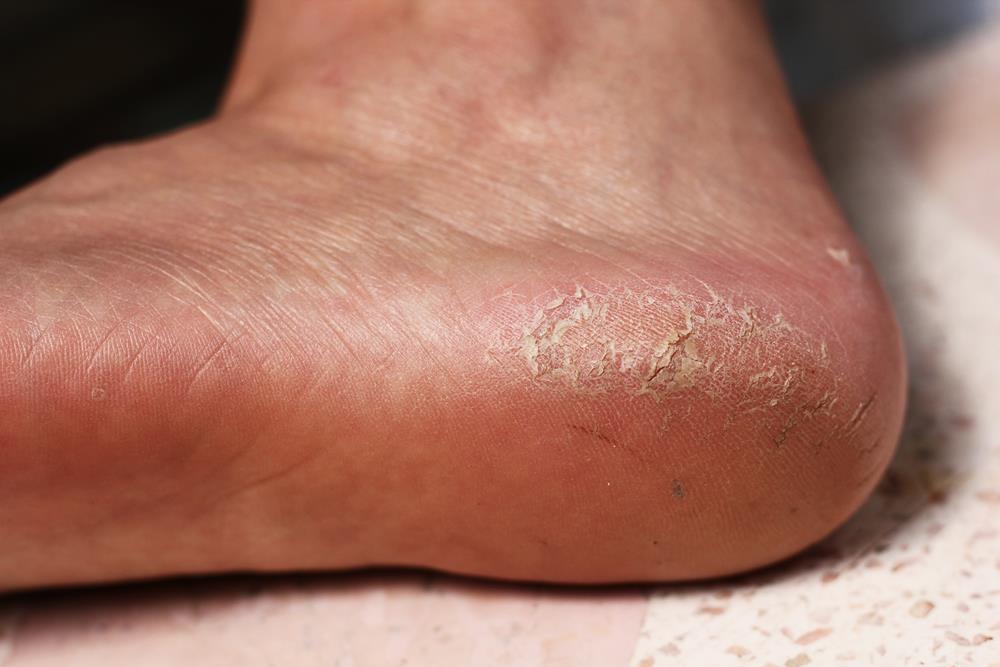
Calluses
Calluses, on the other hand, don’t usually cause pain. They usually develop on the soles of your feet, especially under the heels or balls, on your palms, or on your knees. Calluses vary in size and shape and are often larger than corns.
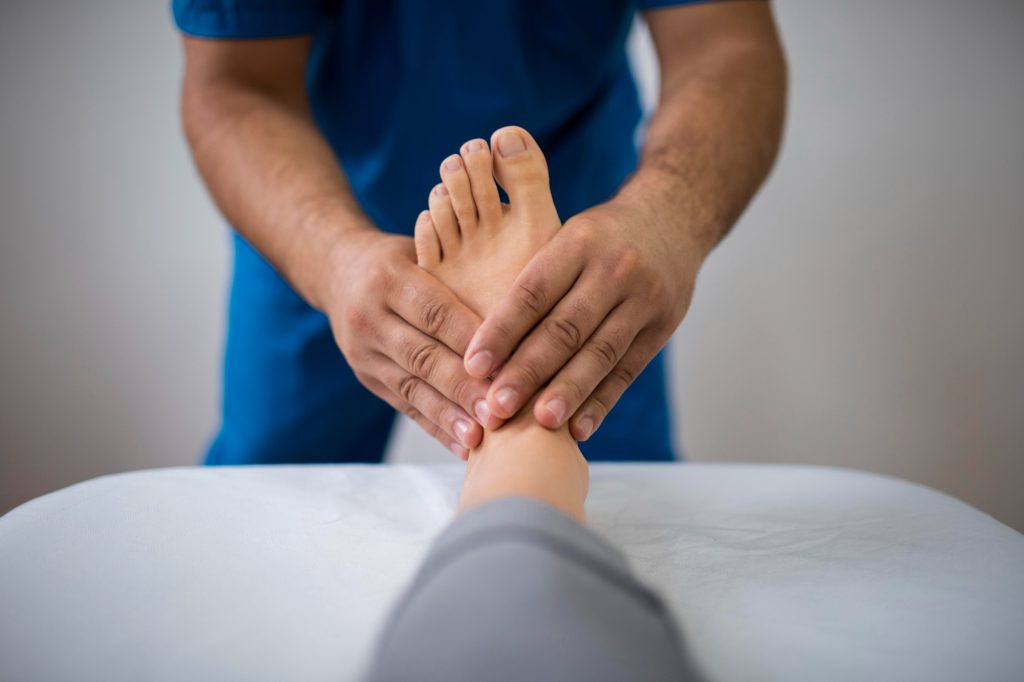
Cavus Foot
High arches in the feet are less common than flat feet, but they have their own set of problems. People with high foot arches are more likely to experience ankle sprains and tendonitis or pressure on the outside of their foot. While some high-arched feet are the result of nerve diseases or strokes, other people have a natural tendency for this foot type. It is important for these patients to be check out professionally in order to help prevent discomfort or injury from a cavus foot type.
request an appointment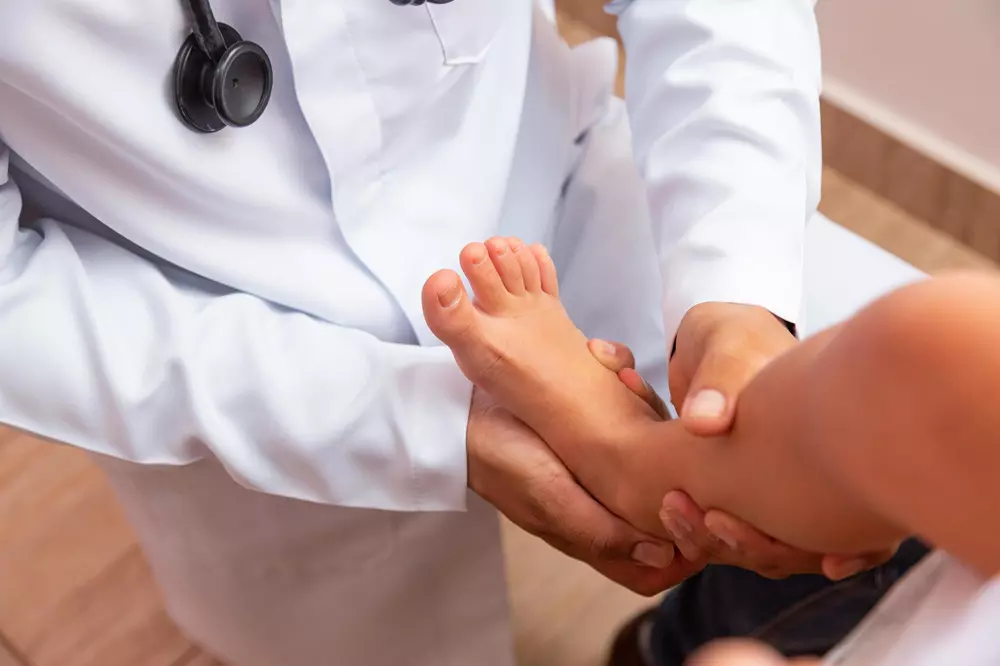
Charcot Foot
Charcot foot is a destruction of joints in the foot which causes dislocations and an abnormally shaped foot. This most frequently caused by diabetes or other blood disorders which result in loss of foot sensation. The changes seen in Charcot foot make the patient prone to ulcerations and cause great difficulty with walking or fitting into shoes. Charcot joint changes are a serious condition which needs to be monitored and treated by an expert.
request an appointment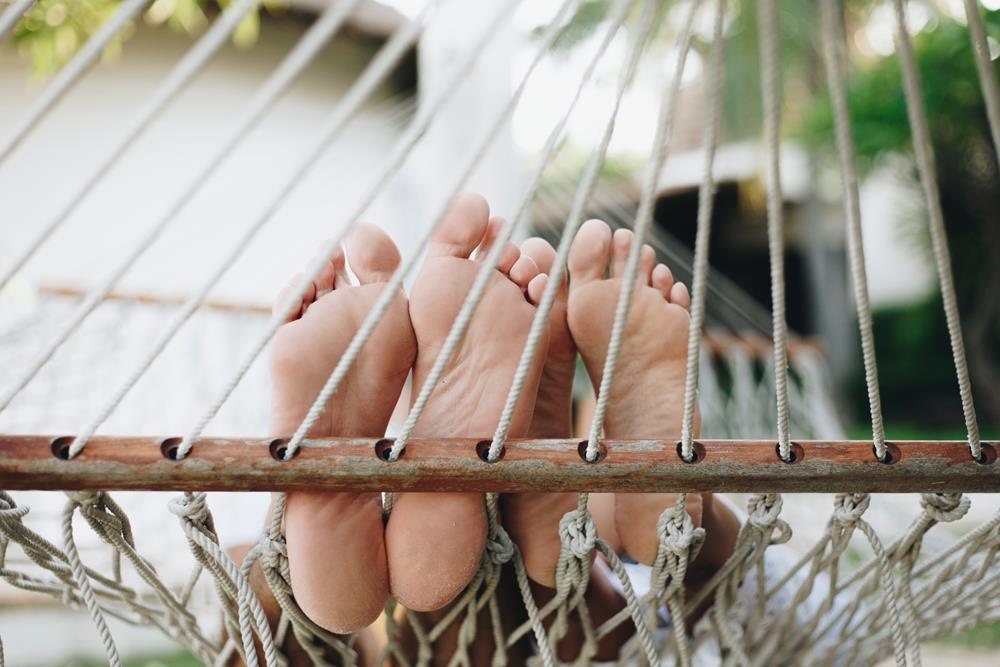
Corns
Corns and calluses are common conditions which affect many people’s feet. These will cause pain when walking, and they are typically caused by the structure of the foot and pressure from shoes. It is not advised to perform home shaving of calluses or use drug store acid products since these treatments may cause skin injury and infection. Also, the skin pressures and foot structure will cause the calluses to return unless a professional plan of care can determine and treat the causes.

Dermatology
Skin of the feet and ankles is unique in that it takes the stresses of walking and is covered with socks and shoes for much of the day. This causes sweating, moisture, pressures, and damage. Those factors can lead to skin infections, dryness, wounds, or other problems in the feet. An expert exam can determine the causes and solutions for skin problems in the feet and ankle.
request an appointment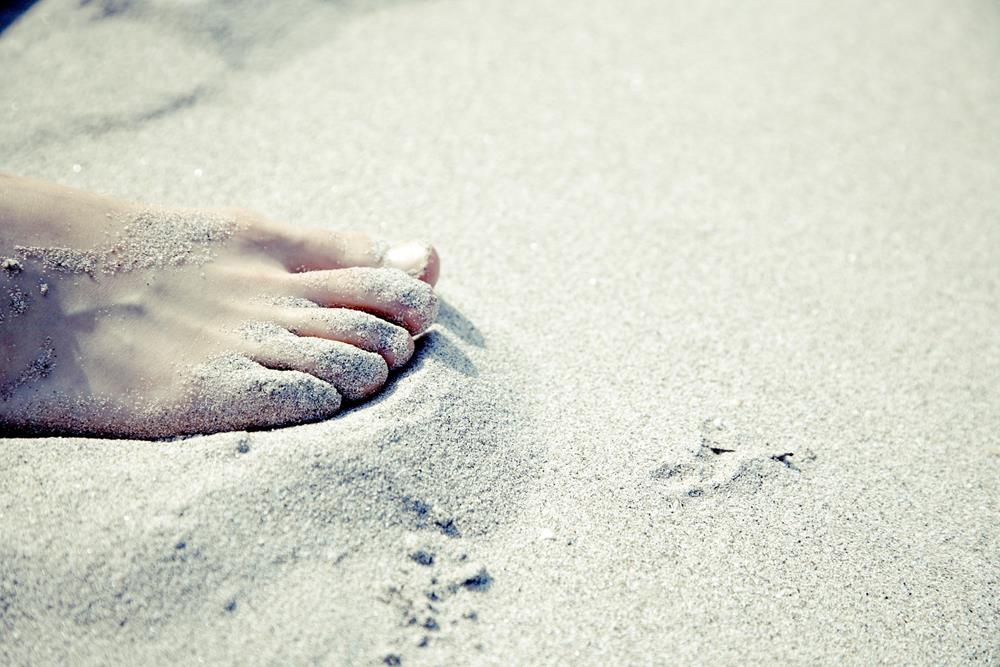
Diabetic Foot Care
Diabetes causes many changes in the body. In the feet, poor circulation, loss of sensation, and wounds or infection may develop. A podiatrist is an essential part of the diabetic patient’s health care team. Preventative diabetic foot exams and foot care can help to prevent problems or cure them when they do strike. The best thing that can be done to prevent diabetic foot problems – or diabetic health problems in general – is to control blood sugars well. (more info on Diabetic Foot)

Flat Feet
Flat feet can be caused by tendon imbalance, injury, or usually just genetic foot shape. This will usually mean a foot that does not function well when walking, and playing sports is often difficult. Patients with flat feet are also more prone to developing bunions, arthritis, and other foot problems. Determining the best treatments for each individual is complex and based on the flexibility of the deformity.
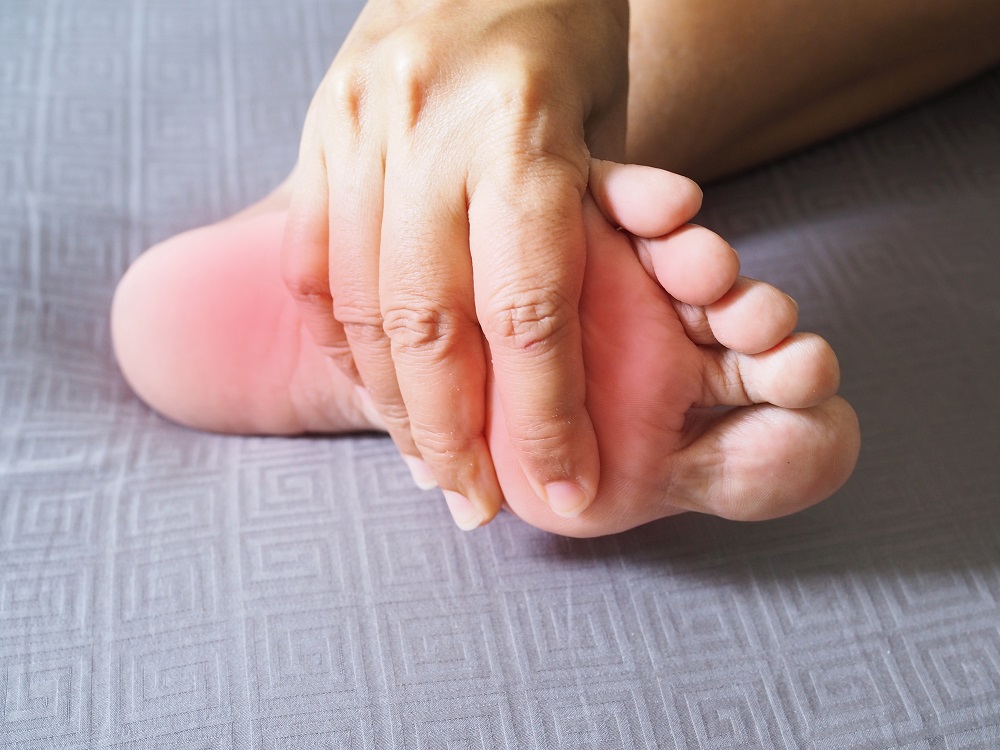
Foot Fractures
An ankle fracture is a severe injury which takes many weeks to heal and may need surgery. Unfortunately, the ankle is one of the most common broken bones in the body, and this puts the person at risk for eventual ankle joint arthritis. For the best recovery following an ankle fracture, it is important to get specialist treatment.

Geriatric Foot Care
As we age, foot problems are almost inevitable and completely normal. However, there are important steps to take to make sure you stay on your feet.
Health problems such as diabetes, arthritis, and circulatory issues may cause problems that present themselves in the feet. It is very important to monitor your foot health and seek medical attention whenever you notice a problem. Below are some daily tips and tricks to keep your feet healthy.
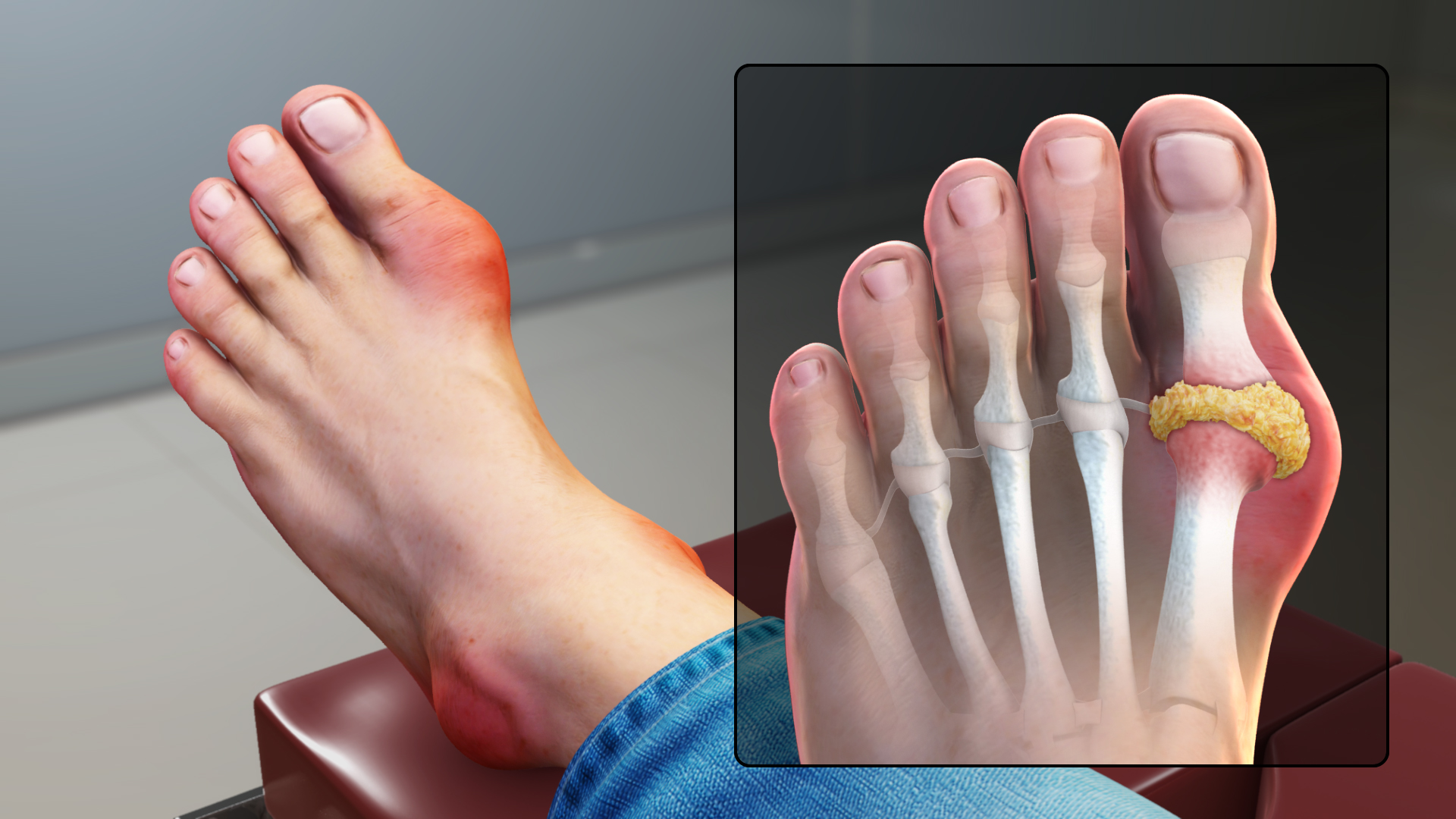
Gout
The great toe joint is the most common joint where gout strikes, but the knee, ankle, or other joints may be affected also. Gout can happen to anyone, but it is most often seen in patients who eat a rich diet which is heavy in meats, cheese, and wine. Blood testing and joint fluid testing should be done to determine whether gout or other forms of arthritis are the cause.
request an appointment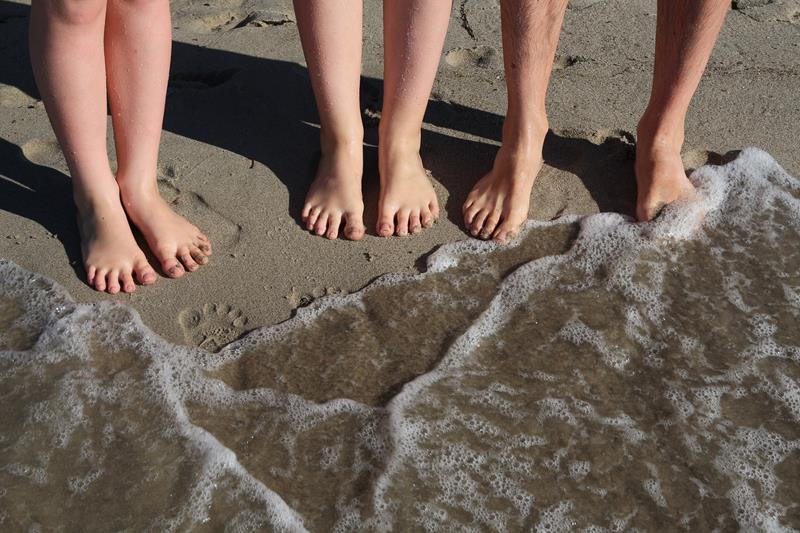
Hammertoes
Toe contractures of the smaller toes are called hammertoes. These can be flexible or rigid bends in the toe joints, and they will usually get more painful over time. These deformities may seem small, but they can cause pressure points, calluses or even ulcers when they rub on the shoes. A visit with a foot surgeon can determine if padding or correction of the toes is the best treatment option.
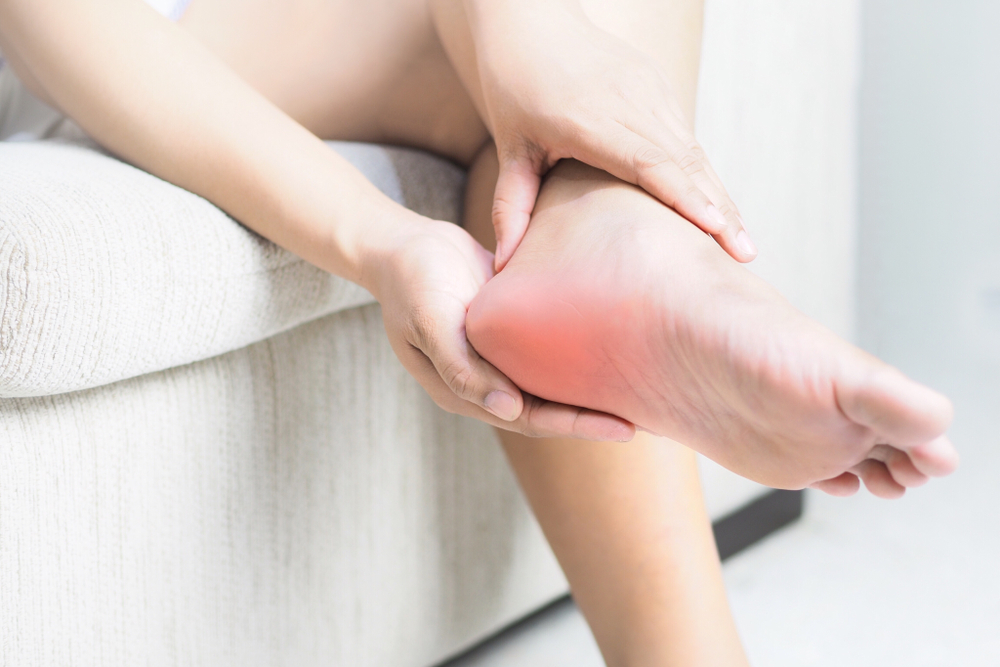
Heel Pain
Pain in the heel can caused by inflammation of the ligaments which attach to the heel bone. The Achilles tendon inserts onto the back of the heel, and the plantar fascia ligament which spans the sole of the foot begins on the bottom of the heel. When heel pain strikes, a consultation with a foot specialist can determine the best way to get back to pain free activities. (more info on Heel Pain)
request an appointment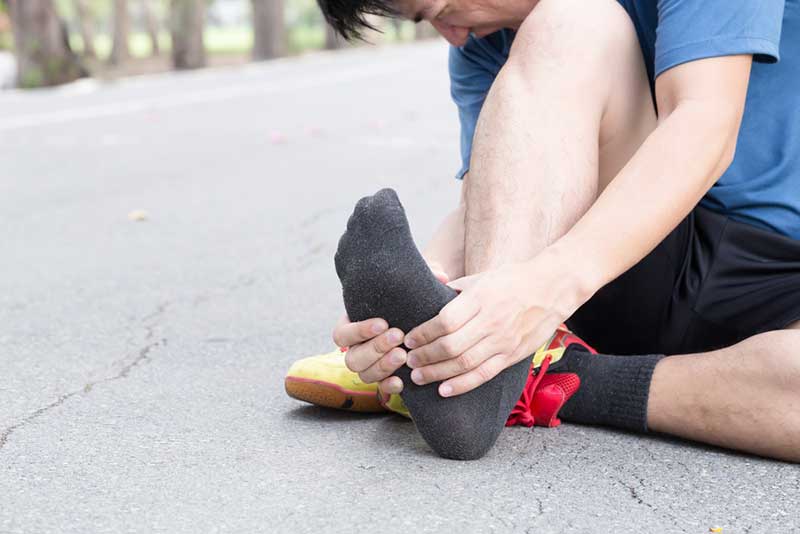
Heel Spurs/Plantar Fasciitis
Pain on the bottom of the heel is most commonly caused by plantar fasciitis, and when it becomes severe, it may be hard to even take those first steps in the morning without burning pain. Visiting a doctor who specializes in foot treatment can help to provide you with options for relieving the pains of plantar fasciitis.
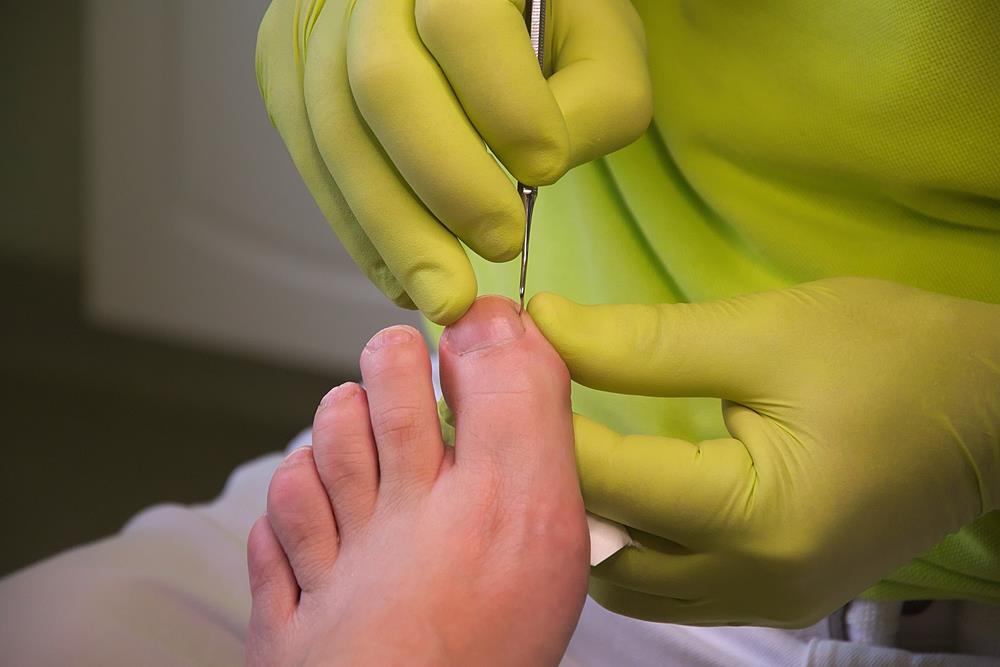
Ingrown Toenails
Toenail problems can cause pain or even draining infections. An ingrown toenail may begin due to shoe pressures or sometimes just the natural curve of the nails. A foot specialist has the proper tools and expertise to treat ingrown toenails and relieve pains which they cause. Permanent removal of the nail or a portion of the nail is also an option for nails which are a persistent problem.
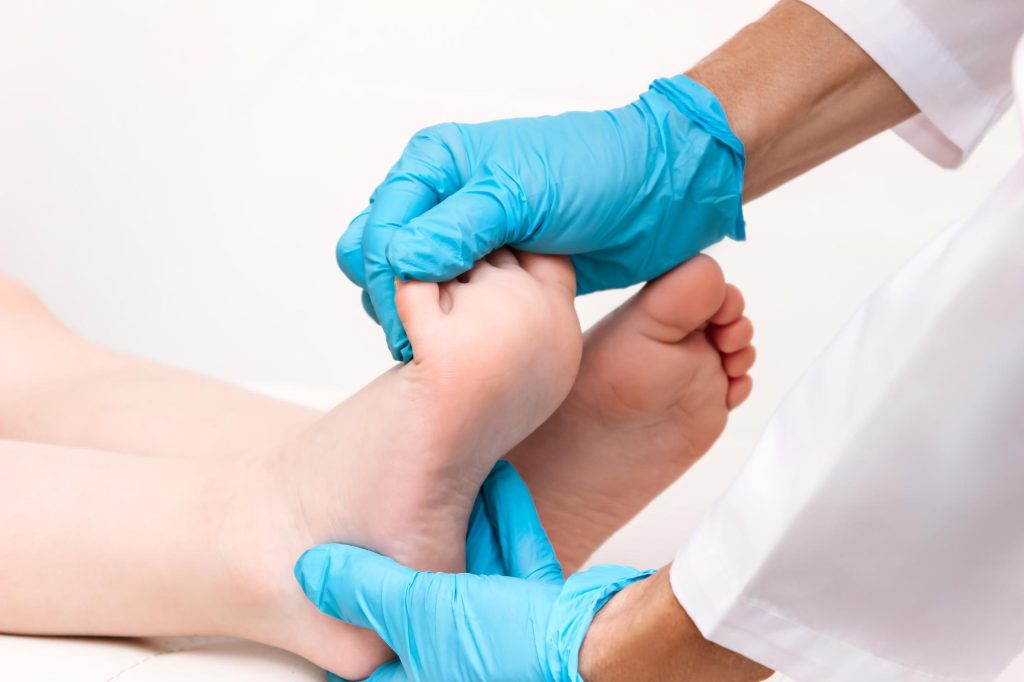
Infections
The foot’s thick skin and heavy sweating make it prone to both bacterial and fungal diseases. Athlete’s foot is a common fungal skin infection of the feet which can cause painful itching and burning. Foot infections can spread quickly due to the moisture and relatively poor blood supply in the feet, so it is important to get expert advice for proper healing.
request an appointment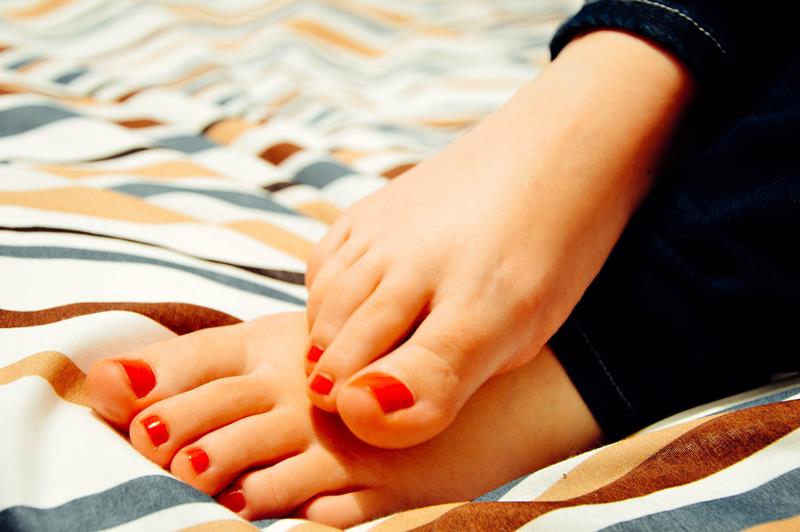
Neuromas
A neuroma can occur in many areas of the body when nerve tissue thickens. Morton’s neuroma is the most typical neuroma that occurs in the foot and it occurs between the third and fourth toes. Also known as an intermetatarsal neuroma, the name describes its location in the ball of the foot.
Compression and irritation typically cause the nerve tissue to thicken. This pressure creates inflammation of the nerve, ultimately causing untreatable damage to the nerves in the foot.

Nerve Pain
Shooting or tingling sensations in the legs, ankle, or feet can be due to nerve pains. These pains are complex and can have a variety of causes, such as radiating back pain, foot deformity, or compression of a nerve by the bones or blood vessels around it. While nerve pains are difficult to completely cure, professional evaluation can help to get to the root of the cause and keep you walking.
request an appointment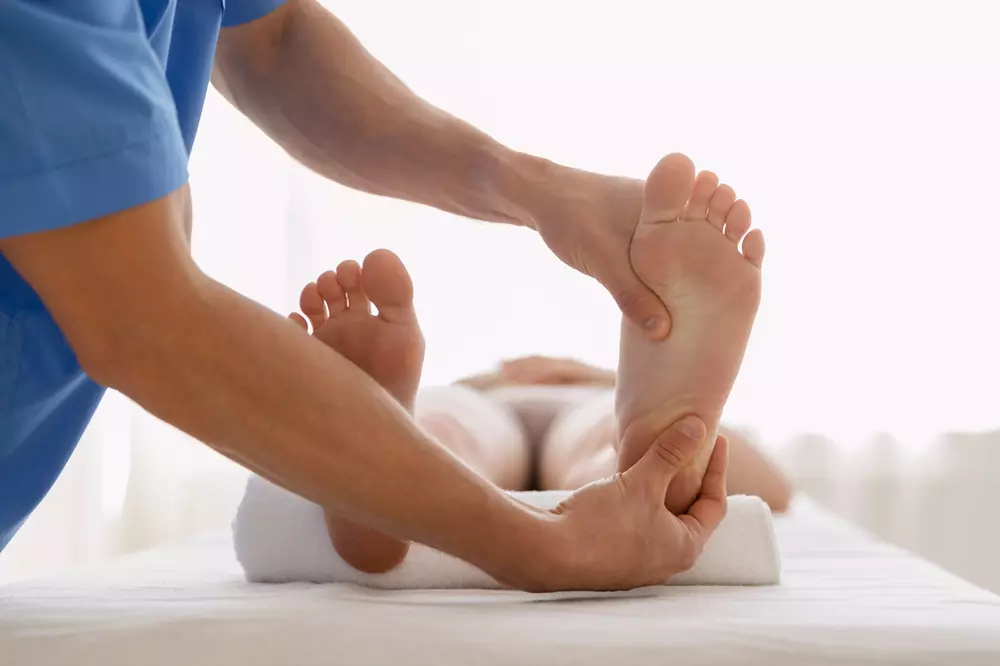
Morton’s Neuroma
A neuroma is a pinched nerve in the ball of the foot. This will cause throbbing, tingling, or burning pain which is sometimes relieved by resting, wearing larger shoes, or massaging the foot. The nerve trunk is compressed between the bones of the foot during walking, and it enters a cycle of inflammation and damage. There are both surgical and conservative treatments available to alleviate the pain of foot neuromas.
(more info on Morton’s Neuroma)
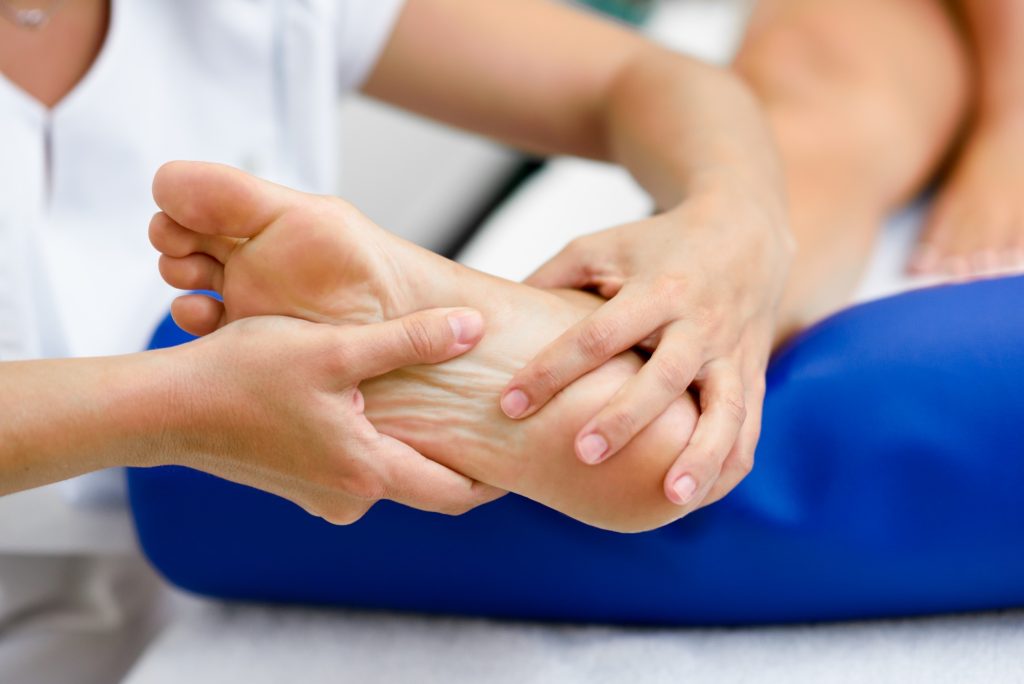
Osteoarthritis
Osteoarthritis is “wear and tear” arthritis with loss of cartilage in the joints. This can occur at the big toe joint, the ankle joint, or any joint in the foot. It is most often seen after an injury to the joint, but it can also be a product of repeated stress on the joint or a deformity. A foot and ankle surgeon can evaluate medical imaging to recommend options such as injections or bracing in early stages, and joint replacement or fusion surgery may be considered in advanced cases.
request an appointment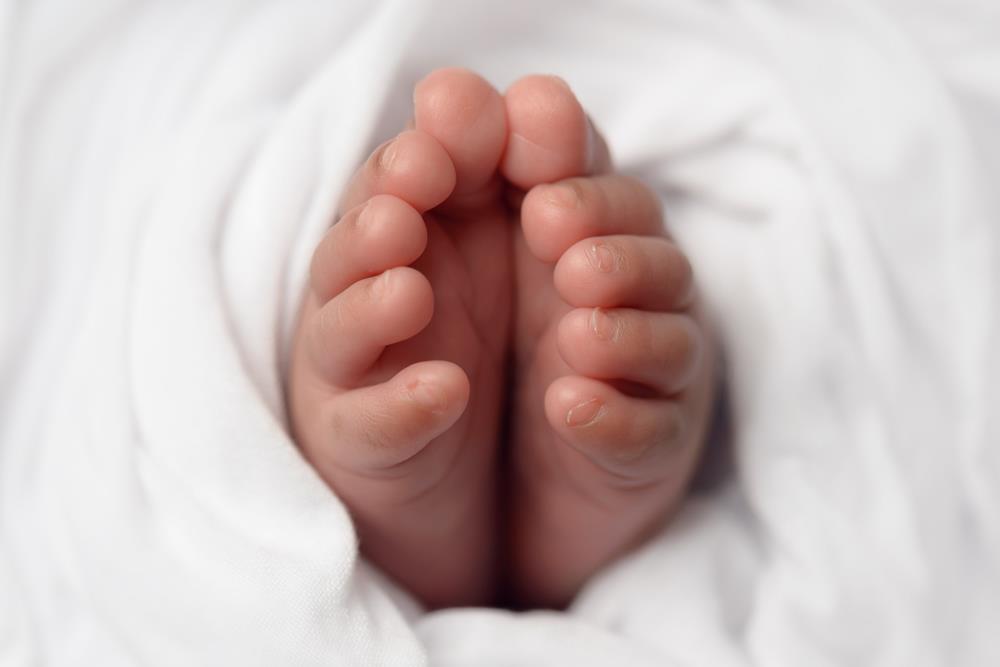
Pediatric Foot Conditions
Pediatric foot conditions often go unnoticed and are often misdiagnosed. Most doctors dismiss any pediatric foot issues as being a part of normal structural development that children will eventually outgrow. However, foot problems are often prevalent in children due to their high levels of physical activity. Children are resilient, meaning that any potential foot issues may be overlooked.
Initial treatment options for pediatric foot pain, deformities, or injuries include minimally invasive techniques, activity modification, custom orthotics, and anti-inflammatory medications. If these conservative treatment options aren’t helping your child, surgery may be required.
During your child’s appointment, we will conduct a thorough examination to pinpoint the problem, while educating both you and your child on future preventative measures. Our goal is for your child to grow up with happy, healthy, and perfectly functioning feet.

Peripheral Neuropathy
As a result of damaged peripheral nerves, peripheral neuropathy can occur causing symptoms like weakness, numbness, burning, and tingling in the hands and feet as well as other parts of the body. Traumatic injuries, diabetes, and even some exposure to toxins can cause peripheral nerve damage.
Once damage to nerves occurs, the symptoms of peripheral neuropathy are gradual and worsen with time. It is important to maintain a healthy lifestyle to aid in the prevention of damage to those specific nerves.
request an appointment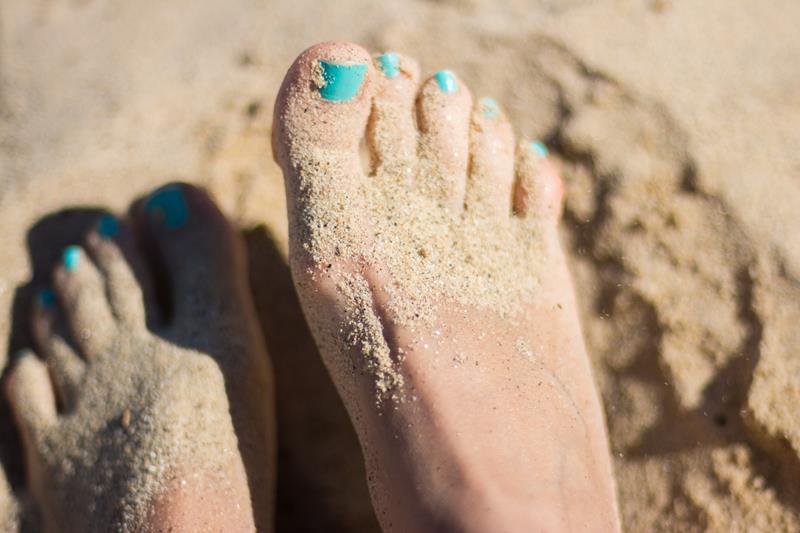
Toenail Fungus
Toenails which are discolored, thickened, and brittle might contain fungus. This can make trimming difficult and the appearance unsightly. For the confirmation of fungus and discussion of modern treatment options, it is best to visit a foot specialist. (more info on Nail Fungus)
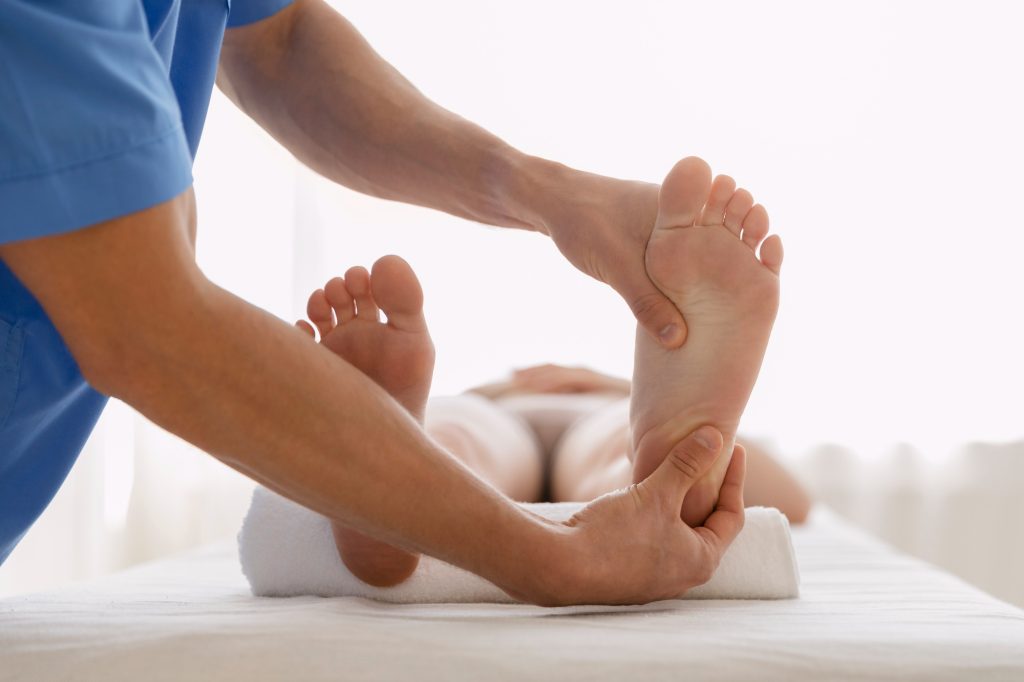
Tumors
The skin, bones, or soft tissues of the foot can develop tumors which require expert treatment by a specialist physician. Medical imaging and biopsy or surgery may be necessary to determine if a tumor is benign or malignant and analyze whether other tumors may also be present in the body. Ganglion cysts and lipomas of the foot and mucoid cysts of toes are well-known to podiatrists. Pain or an unexplained lump is often the first sign of a foot tumor or cyst, and proper professional evaluation is needed.
request an appointment
Warts
The formation of a painful bump on the sole of the foot that becomes covered with callus and difficult to walk on may be a wart. These are persistent problems that resist many treatments, and they are most often seen in children and teens. Professional strength treatments are available from your podiatrist to help cure warts and prevent recurrence.
